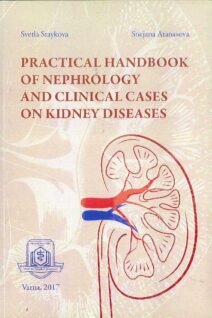Fluid, Electrolyte, and Acid-Base Disorders in Small Animal Practice, 4th Edition
The leading reference for the diagnosis and management of fluid, electrolyte, and acid-base imbalances in small animals, Fluid, Electrolyte, and Acid-Base Disorders in Small Animal Practice, 4th Edition provides cutting-edge, evidence-based guidelines to enhance your care of dogs and cats. Information is easy to find and easy to use; with comprehensive coverage including fluid and electrolyte physiology and pathophysiology and their clinical applications; as well as the newest advances in fluid therapy and a discussion of a new class of drugs called vaptans. Lead author Stephen DiBartola is a well-known speaker and the „go-to“ expert in this field; and his team of contributors represents the most authoritative and respected clinicians and academicians in veterinary medicine.
New to this edition
-
- Updated chapters cover the latest advances in fluid therapy in patient management, helping you understand and manage a wide range of potentially life-threatening metabolic disturbances.
- Expanded Disorders of Sodium and Water chapter includes information on a new class of drugs called vaptans, vasopressin receptor antagonists that may soon improve the ability to manage patients with chronic hyponatremia.
- Hundreds of new references cover the most up-to-date advances in fluid therapy, including renal failure and shock syndromes.
Key Features
-
- Over 30 expert contributors represent the „cream of the crop“ in small animal medicine, ensuring that this edition provides the most authoritative and evidence-based guidelines.
- Scientific, evidence-based insights and advances integrate basic physiological principles into practice; covering patient evaluation, differential diagnosis, normal and abnormal clinical features and laboratory test results, approaches to therapy; technical aspects of therapy, patient monitoring, assessing risk, and prediction of outcomes for each disorder.
- Hundreds of tables, algorithms, and schematic drawings demonstrate the best approaches to diagnosis and treatment; highlighting the most important points in an easy-access format.
- Drug and dosage recommendations are included with treatment approaches in the Electrolyte Disorders section.
- Clear formulas in the Fluid Therapy section make it easier to determine the state of dehydration, fluid choice, and administration rate and volume in both healthy and diseased patients.












